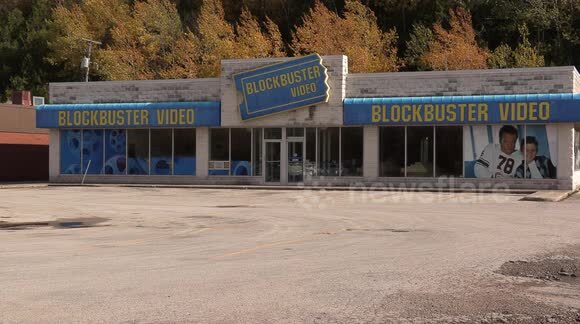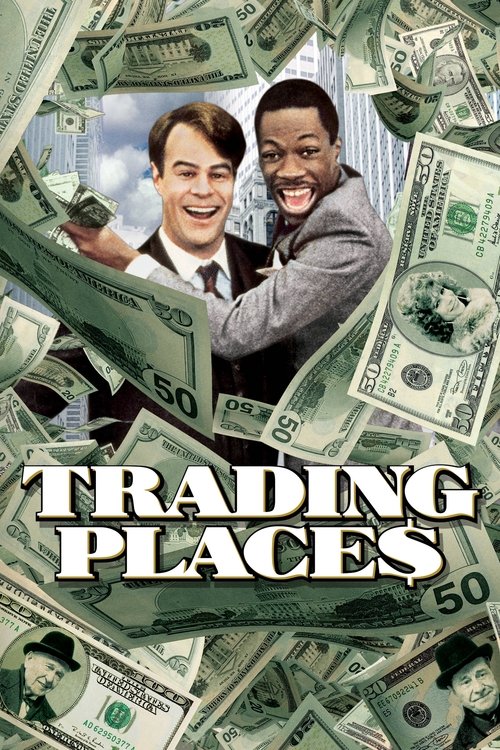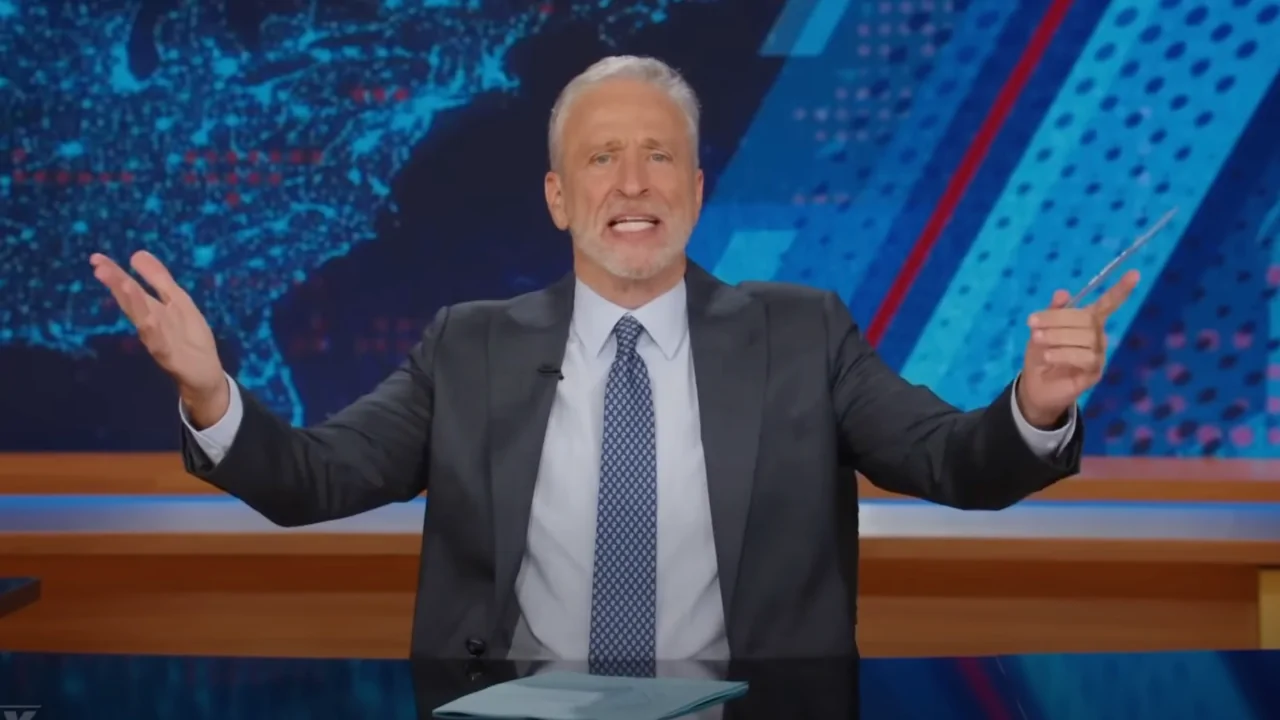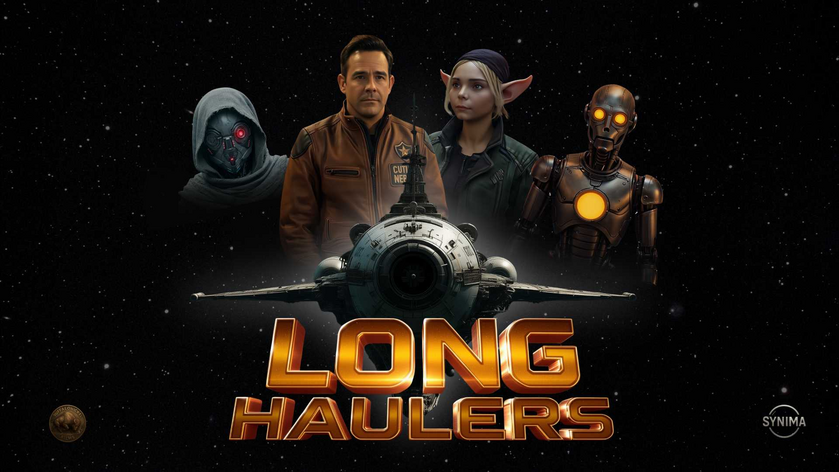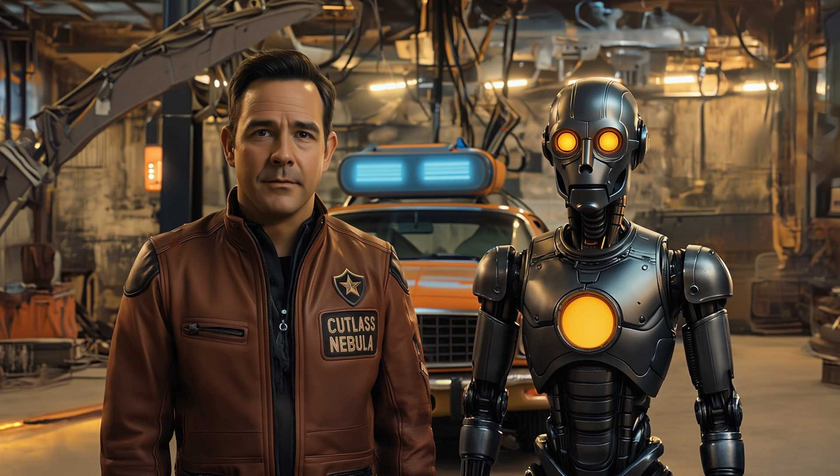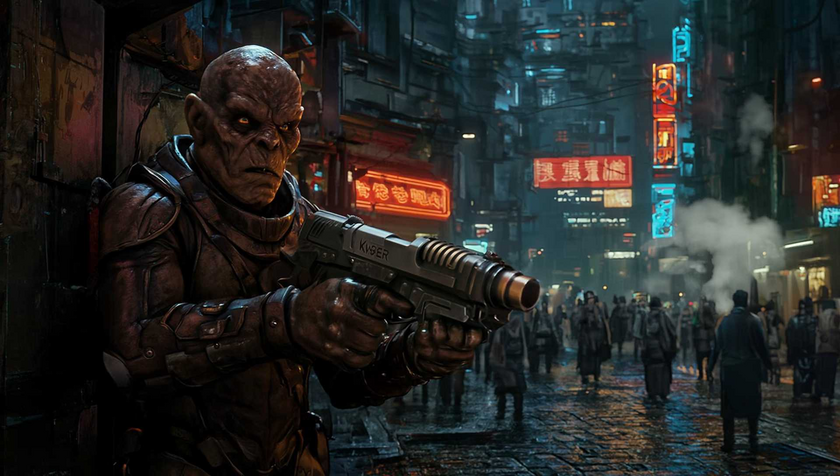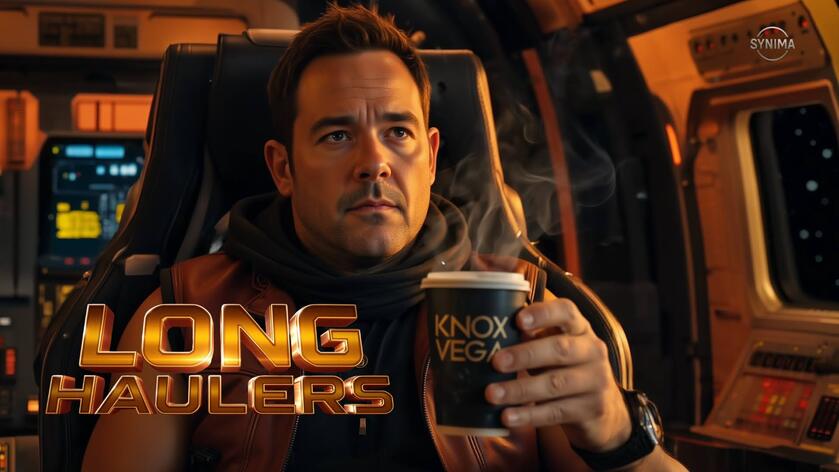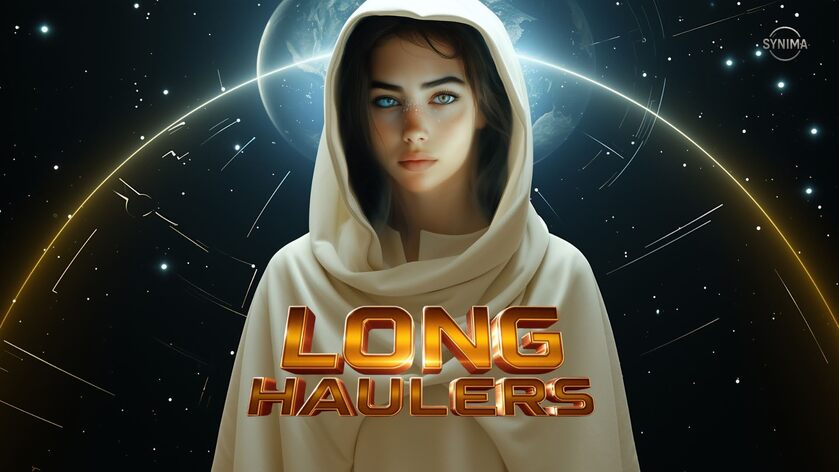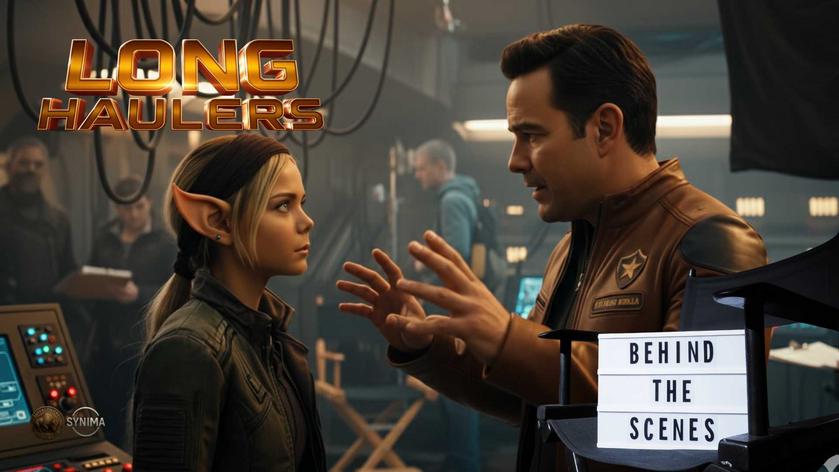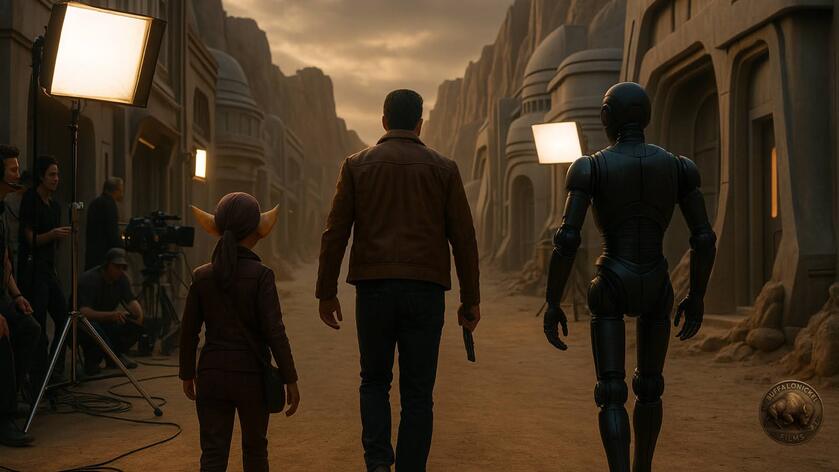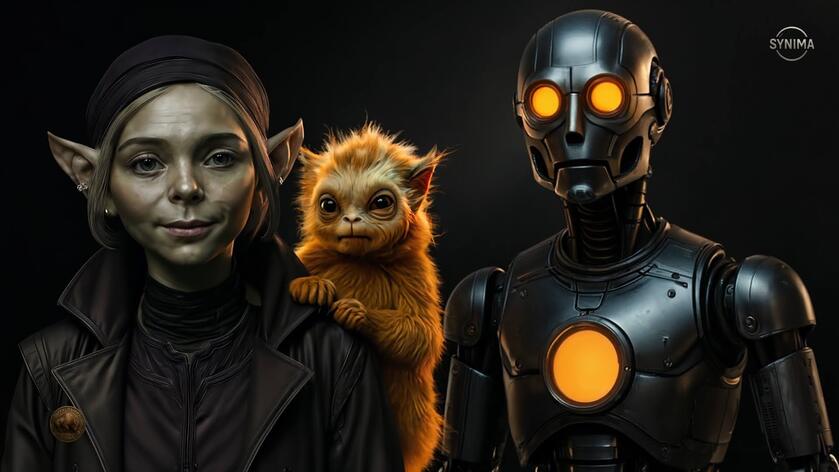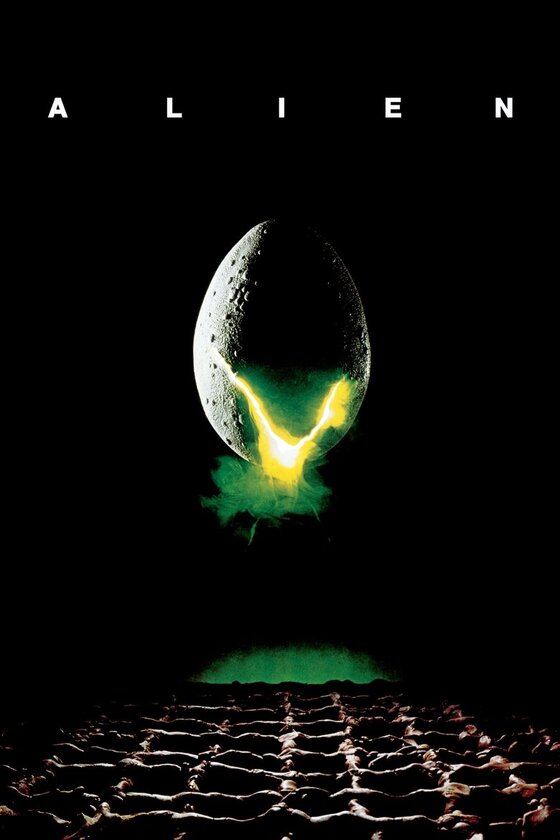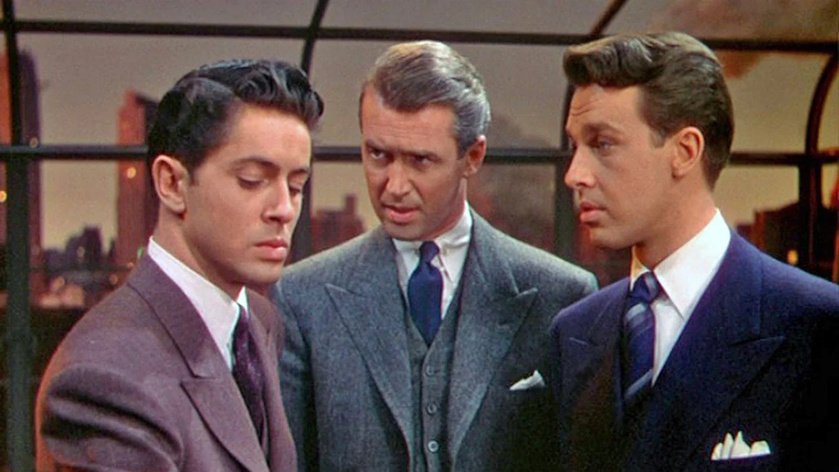I don’t expect anyone to believe me, but as a kid I saw streaming coming. Wish I still had that kind of foresight now. Somehow I sensed the day coming where music would be available whenever, wherever. More exciting to me, as a passionate fan of classic television, was the idea that every TV show ever made would be put up on some sort of digital database. How many of my dream shows haven’t I gotten around to yet? Too many.
But I could stop writing right now and start.
For some reason my mind skipped right over home video, even though we had plenty of VHS tapes in a box under the couch, and went right to online access. What I, in my naive youth, didn’t consider was subscription fees. My family had cable and I understood that my parents considered it a luxury, so I should have connected the dots. Now it seems that we’re all paying cable equivalent fees for the future I dreamed about back in the late 90s, and unless we’re willing to deal with the indignity of commercials it’s only getting worse.
Still, the future is here!
And to be honest, I’m already tired of it.
Before I get into that, we need to talk a little bit about Hollywood and how protective it is of its content. The film industry used to have it pretty good. Before TV they could put out big budget prestige pictures and low budget filler, knowing that they’d always have an audience. As time went on, they could rerelease the more successful films knowing that people would want to see them again. Disney famously put their animated features back in theaters on an eight year cycle for decades, which is how I got to see Bambi on the big screen in 1988.
Mom has been telling me, “If you can’t say anything nice, don’t say anything at all” ever since.
When television sets arrived in family rooms across the country Hollywood was jealous of its dominance. Movies got more spectacular, with Cinemascope and VistaVision, 3D, and crazy gimmicks. And I hope that augmented reality headsets will allow to me experience Cinemascope someday. But you’ll notice that none of those things really exist anymore. The reason is probably in part because TV didn’t turn out to be the death knell for movies.
Licensing was too lucrative.
Allowing TV stations to broadcast old movies was a moneymaker. Still is. The studios got money, the TV stations got advertising money, and people got to see old movies at home. Everybody won. Life was good again until VCR posed a new threat. Now average, ordinary, viewers could own copies of movies to loan to friends, sell at yard sales, or use for bootleg duplicates. But maybe it didn’t turn out as bad for them as they thought, because the home video market turned out to be a means for making up profit when something didn’t do well at the theater box office.
Then came streaming.
Apparently not everyone was the visionary I was, because Blockbuster Video should have taken the lead while Netflix took the gamble. They did not. Notice that it wasn’t the studios jumping on the streaming train right out of the gate, even though it returned to them their control over their content. They may have had their doubts about the new technology, but they were willing to take money (lots of money) from Netflix to license content. When streaming proved successful, and Netflix proved to be a threat by making their own shows and movies, the studios scrambled to reclaim their libraries and start all of the services we see today.
We’ve seen tremendous progress, but for the consumer we’ve taken a step back.
Sales of physical media have stumbled because streaming is more convenient. Sure, we have to pay a monthly or annual fee for it, but who wants a bunch a discs cluttering up the house? Who wants to get up and change a disc every four episodes during a day-long binge? Not I! But how many times do we sit down to watch a movie and find it’s no longer available? I had two yanked away from me in one week. We can buy digital copies, but those are just indefinite rentals. If Sears can go the way of the dinosaur, so can iTunes and what happens to “our” movies then?
Then there’s “choice overload.”
I used to get frustrated by the shear number of options on my DVD shelf. I couldn’t decide! Now I’ve got thousands upon thousands of options. Fix a dinner you can enjoy cold, folks. If you don’t have something in mind before you sit down, that porkchop is going to be room temperature again by the time you defeatedly decide to just watch that episode of Friends you’ve already seen seventeen times. You know I’m right. And there's nothing wrong with watching something familiar that you love.
Recently I’ve found myself souring on streaming.
Not the idea of watching digital content itself, as I’ve been enjoying digital copies of TV shows I’ve “purchased,” but streaming services in principle. If I have the disc, I don’t have to wonder if it will still be something I can watch, or finish, tomorrow. I don’t have to go looking to see if it’s Hulu, Amazon, Netflix, Max, Peacock, or all of the above. If I want to watch Gone with the Wind, I won’t have to sit through a lecture first or worry that someday it will vanish back into a studio vault next to Song of the South.
Maybe movies aren’t important to you. Maybe you’re happy to just watch whatever is available at the time.
But maybe, just maybe, you’ll want to consider how Hollywood feels about you owning your movies and why.
